Hummingbirds, those tiny, energetic birds that captivate with their rapid wing beats and vibrant colors, are a marvel of nature. With over 300 species, each brings its own unique flair to the ecosystems of the Americas. Let's dive into the fascinating world of some of the most spectacular hummingbird species.
The Ruby-throated Hummingbird

Where to find them: Predominantly in the Eastern United States and Canada during summer. Notable features: Males have a striking ruby-red throat which glints in the sun, making them one of the most recognized species.
The Anna's Hummingbird

Where to find them: Along the Pacific Coast from Canada to Baja California. Notable features: Both males and females sport an iridescent emerald green back and grayish underparts. Males have a brilliant rose-pink throat.
The Blue-throated Mountain Gem

Where to find them: Mountainous regions of Central America. Notable features: As the name suggests, these birds have a stunning blue throat with lush green plumage surrounding it. They are among the larger species of hummingbirds.
The Rufous Hummingbird

Where to find them: They breed in the Pacific Northwest and Alaska; winter in Mexico. Notable features: Known for their remarkable migratory patterns, these birds have a fiery orange plumage that makes them easy to spot against the greenery.
The Calliope Hummingbird

Where to find them: They breed in the mountains of the Western United States and Canada. Notable features: The smallest bird in the U.S., males have striking magenta feathers at their throat, which they display in spectacular diving courtship flights.
Conservation Efforts
Hummingbirds face numerous threats, including habitat destruction and climate change. Conservation efforts are crucial in preserving these species and their natural habitats. Planting native flowers and maintaining feeders can also help support their populations.
Conclusion
Each species of hummingbird brings a unique beauty and an essential role to their ecosystems. By learning about and appreciating these incredible birds, we can take steps to ensure they continue to thrive and enchant future generations and bird watching with joys.

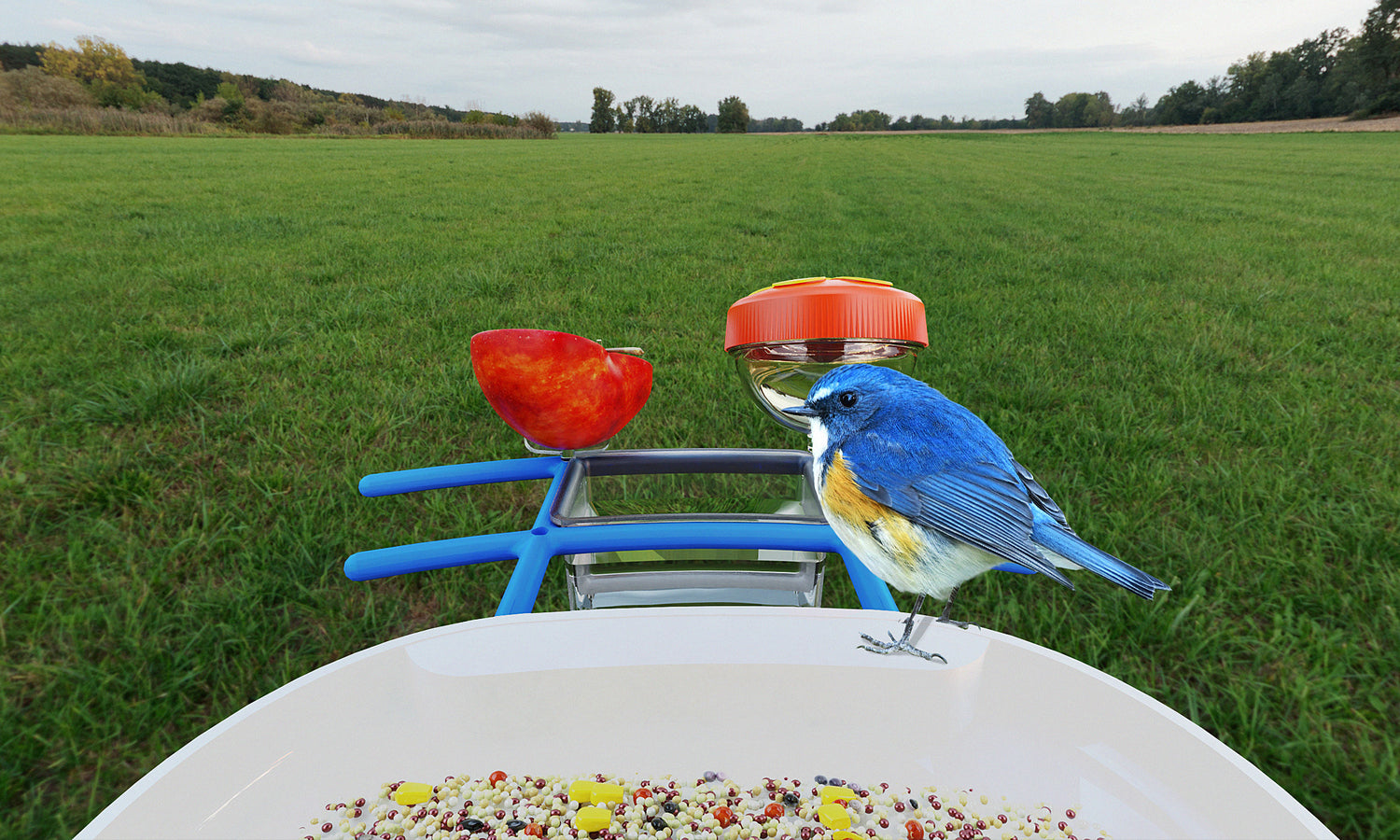
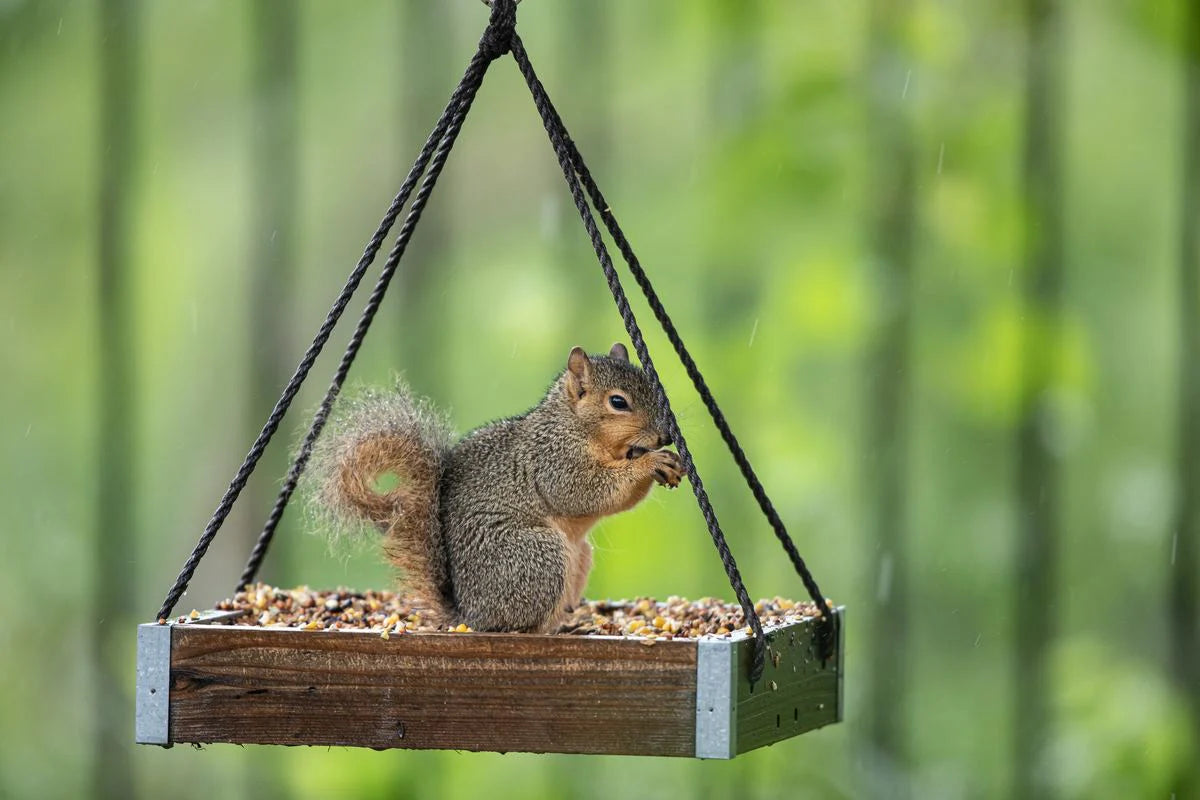
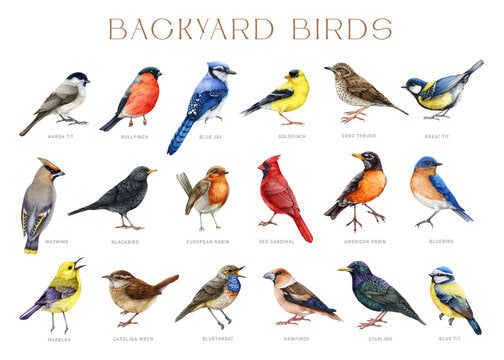
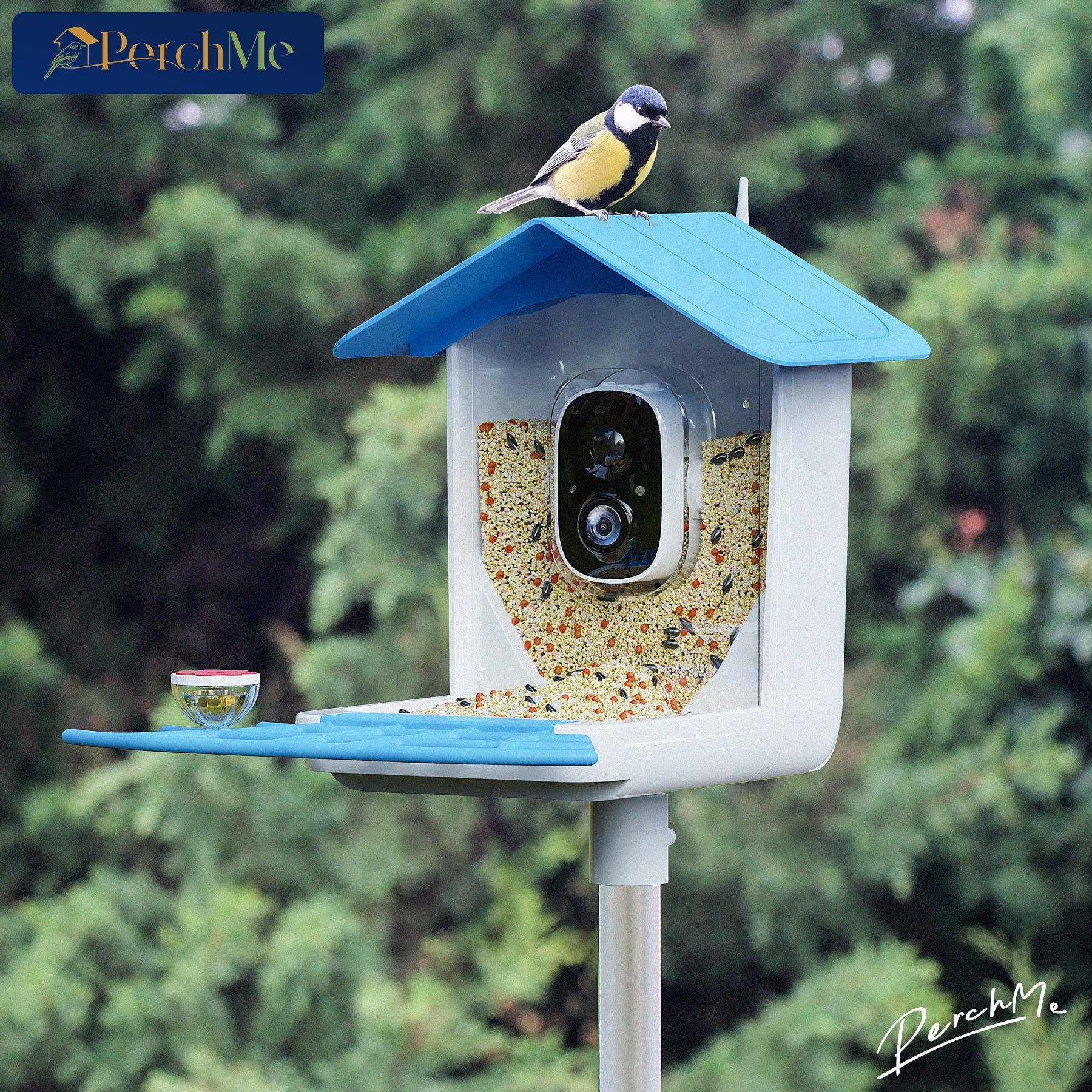
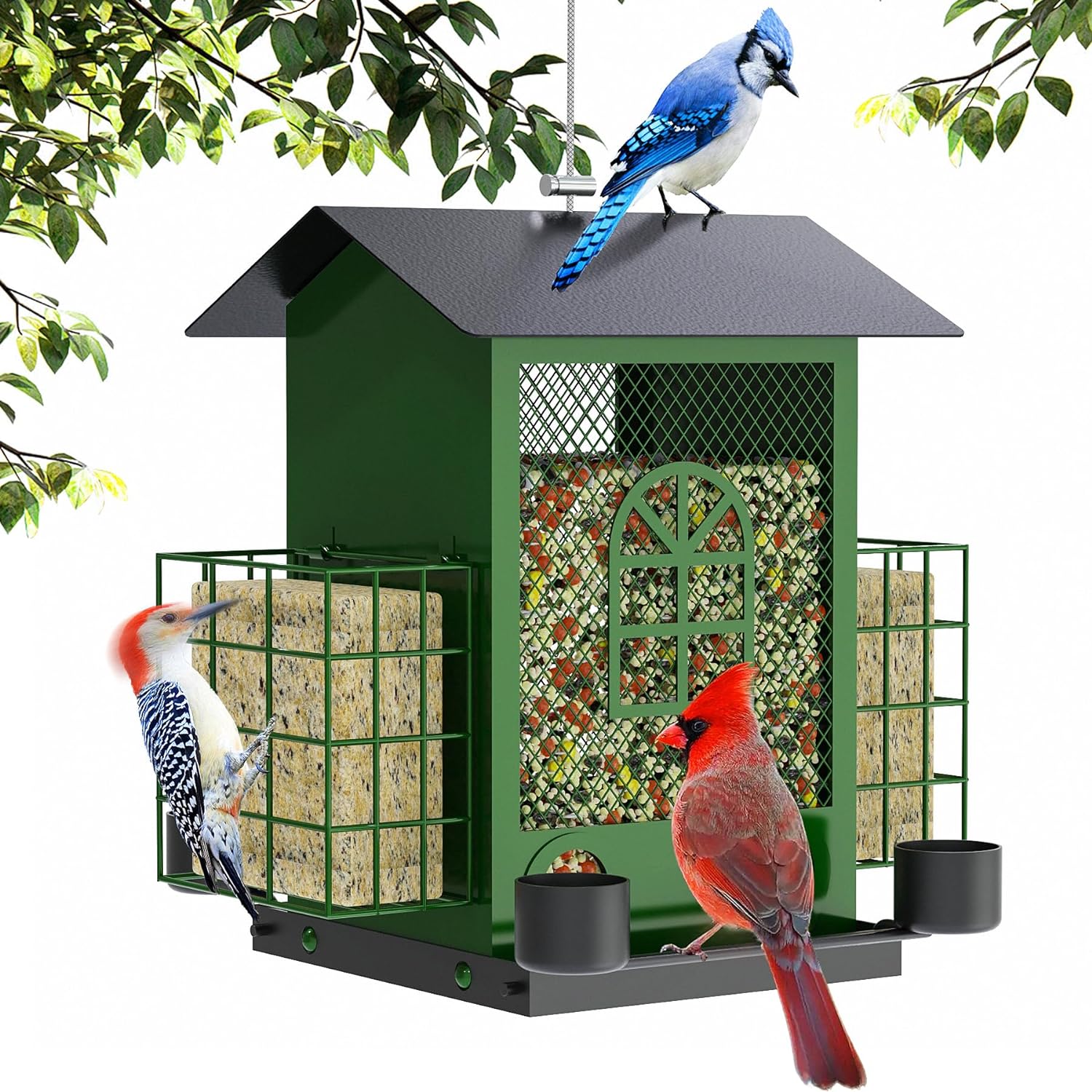




Leave a comment
All comments are moderated before being published.
This site is protected by reCAPTCHA and the Google Privacy Policy and Terms of Service apply.